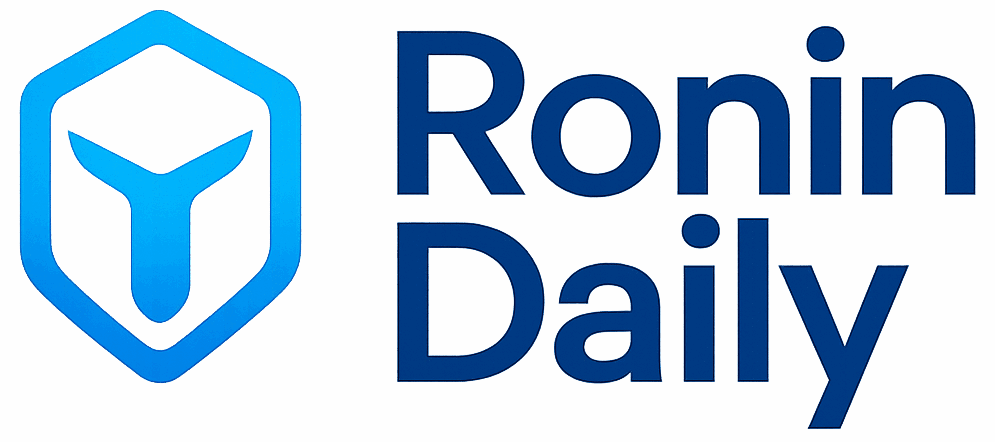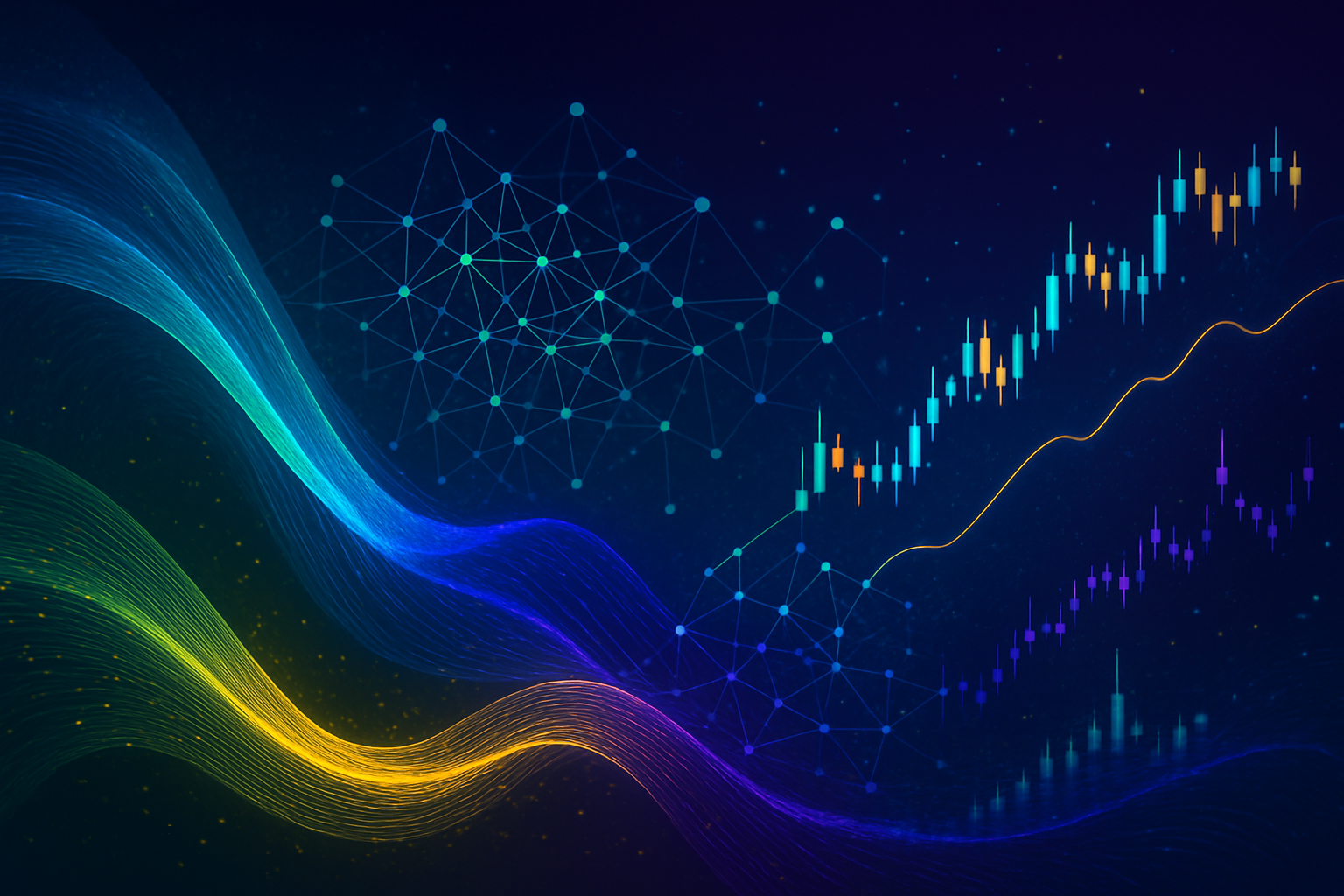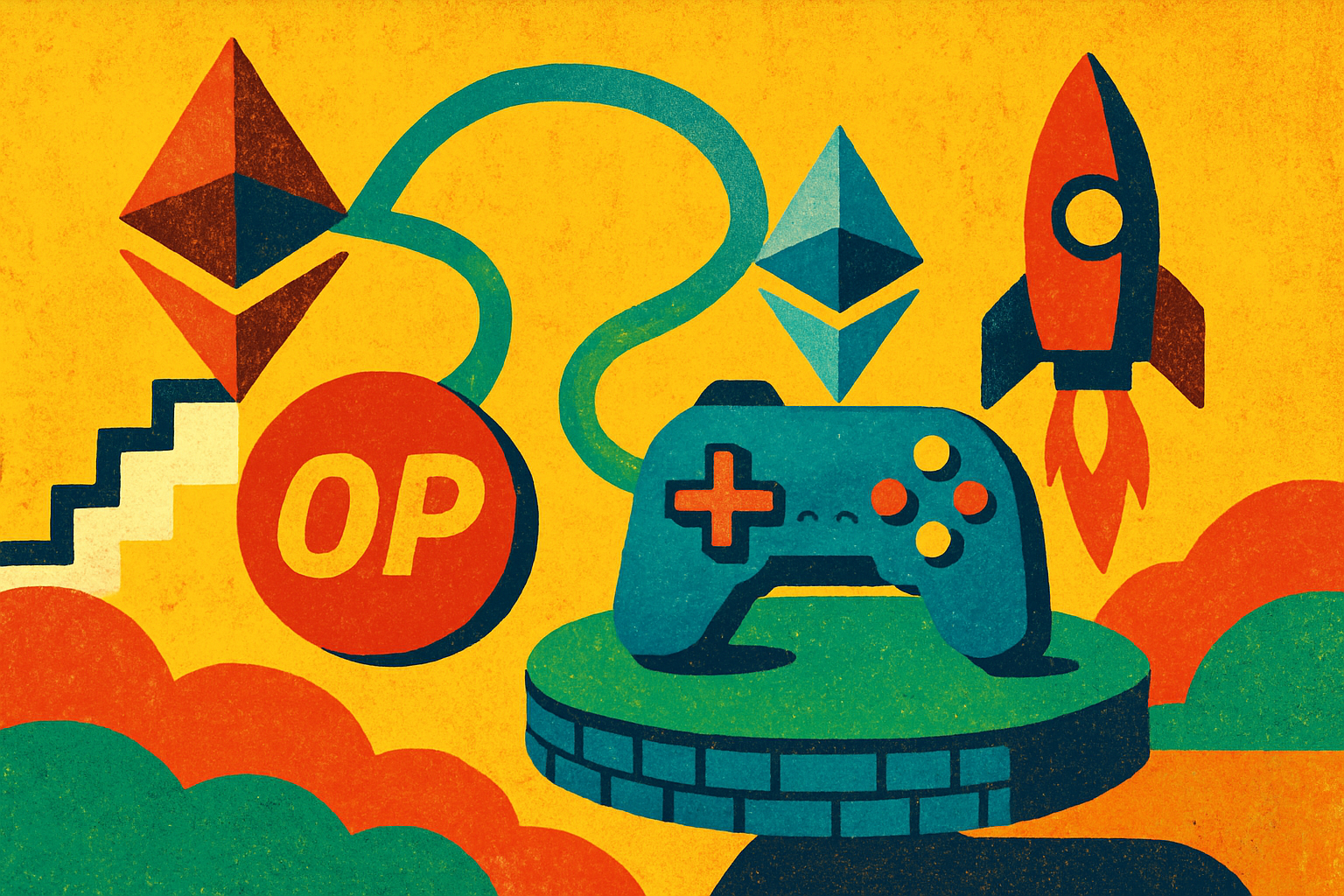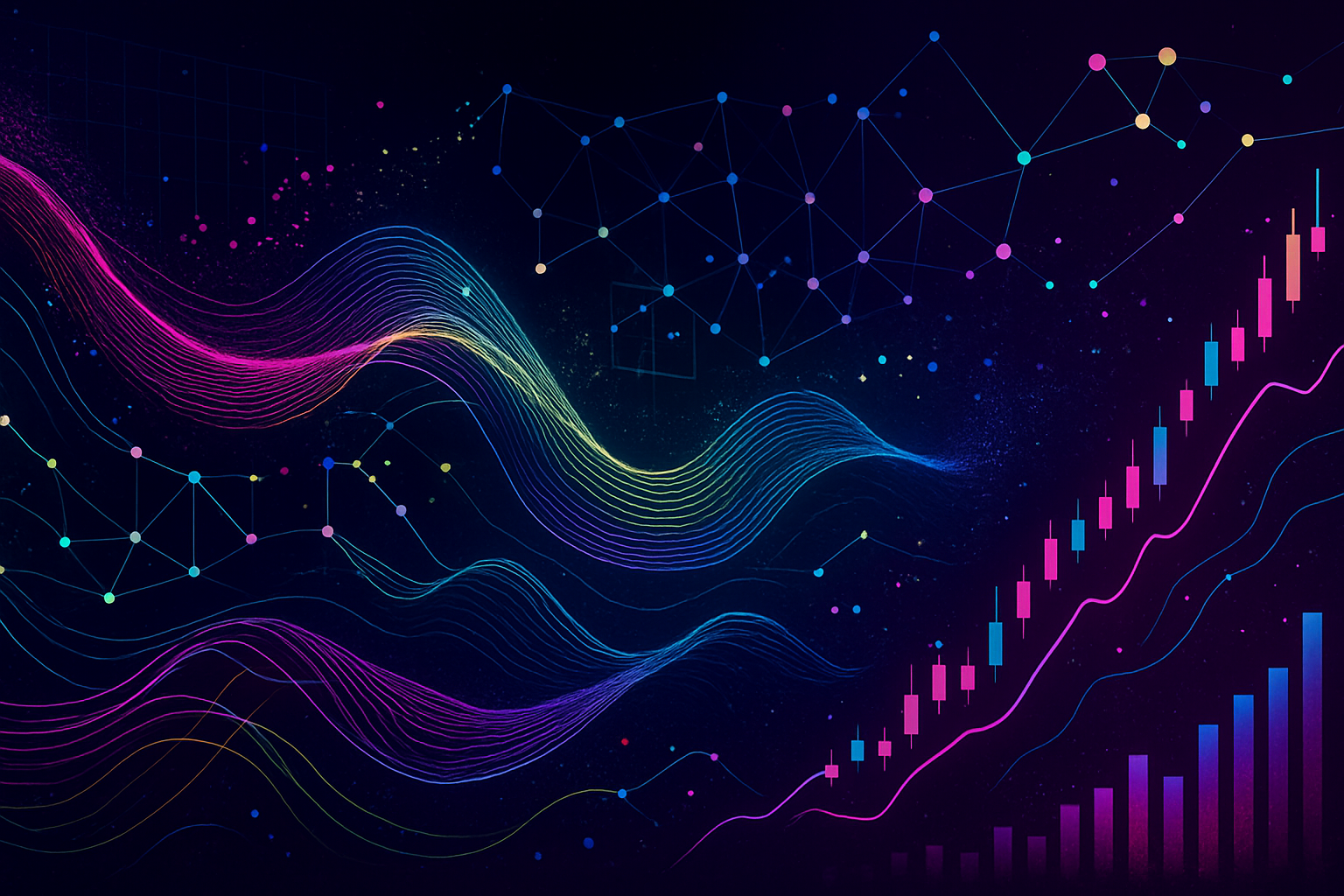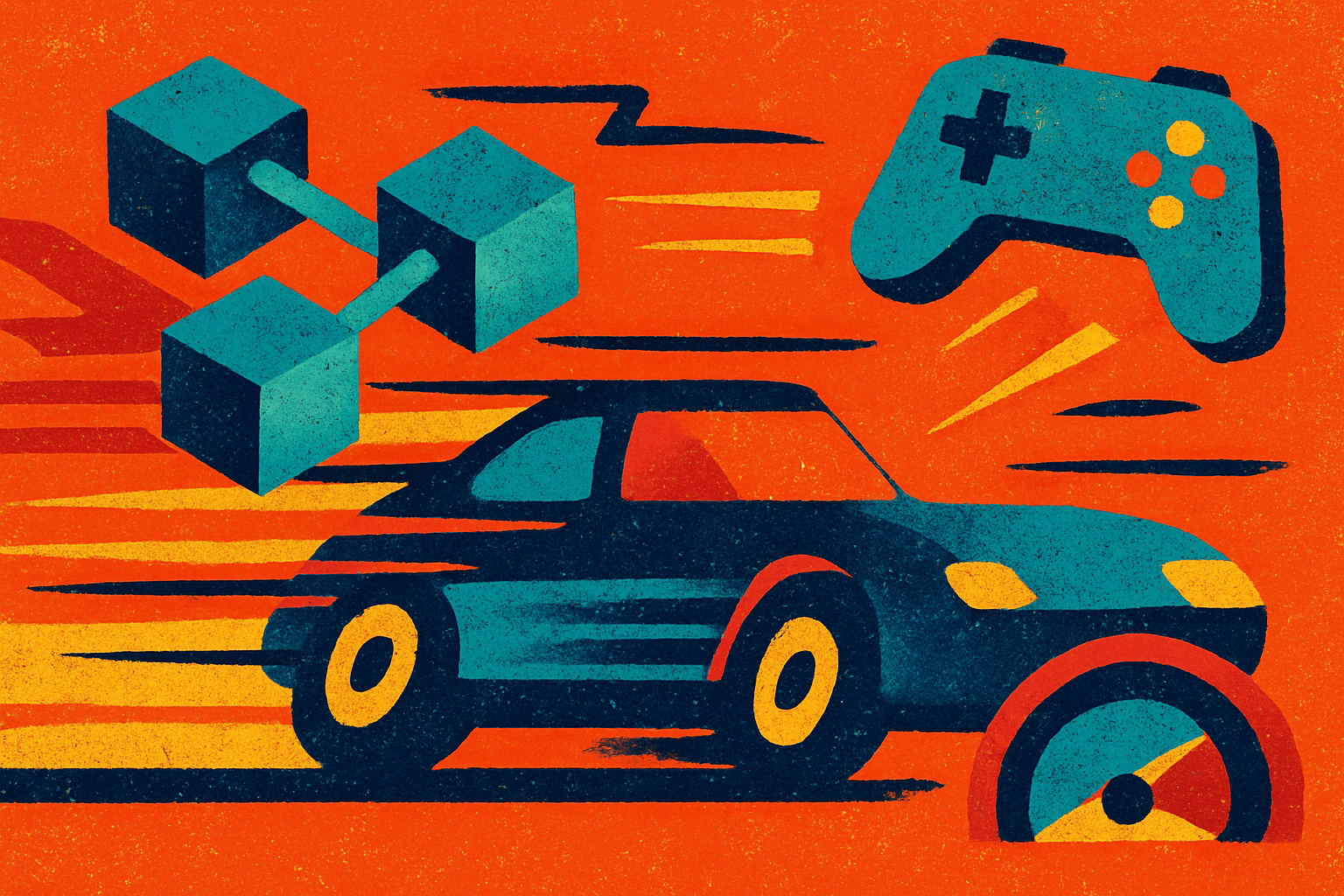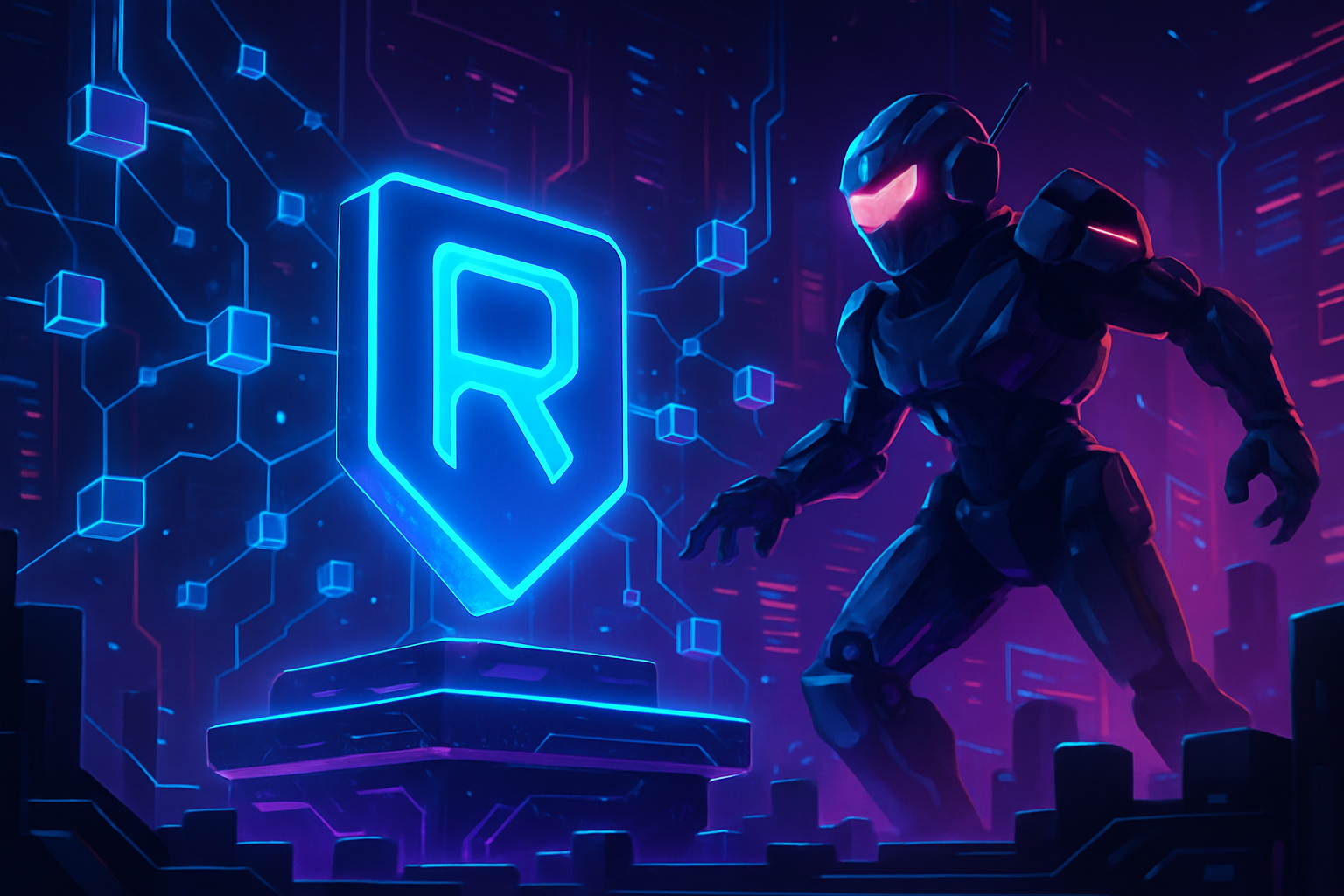
Web3 gaming has emerged as one of the most demanding sectors in blockchain, with mainstream adoption hinging on both seamless user experience and robust scalability. As flagship titles like Axie Infinity draw millions of players, the infrastructure behind these ecosystems faces mounting pressure to deliver high throughput, low fees, and uncompromising security. The Ronin Network, originally built as a dedicated sidechain for Web3 games, is now at the forefront of this evolution – transitioning into a full-fledged Ethereum Layer 2 (L2) rollup to address these industry-wide challenges.
Ronin’s Strategic Shift: From Sidechain to Layer 2 Rollup
Ronin’s move from a standalone sidechain to an Ethereum-aligned L2 is not merely a technical upgrade; it is a calculated response to the scalability bottlenecks that have historically constrained blockchain gaming. The decision leverages two pivotal advancements: Optimism’s OP Stack for rollup architecture and the integration of zero-knowledge Ethereum Virtual Machine (zkEVM) technology.
This transition means Ronin will inherit Ethereum’s base-layer security while maintaining its own native gas token, RON. The migration, scheduled for completion in the first half of 2026, comes with significant incentives – up to $7 million in milestone-based grants aimed at fostering developer engagement and ecosystem growth (source). This alignment with Ethereum also unlocks new avenues for interoperability and composability across the broader Web3 landscape.
zkEVM Integration: Unlocking Massive Transaction Throughput
The introduction of zkEVM technology on Ronin is a watershed moment for blockchain gaming performance. By enabling developers to deploy their own L2 chains atop the Ronin mainnet using Polygon’s Chain Development Kit (CDK), Ronin opens the door to specialized rollups tailored for distinct game mechanics or economies. Zero-knowledge proofs further enhance privacy and efficiency – allowing Ronin to process hundreds of millions, potentially billions, of transactions per day without succumbing to network congestion (source).
This modular approach enables multiple rollups to operate concurrently, each optimized for unique workloads. For high-volume games reliant on microtransactions or rapid in-game actions, this translates directly into smoother gameplay and lower latency – key factors in attracting both developers and players from traditional gaming backgrounds.
[price_widget: Display real-time RONIN price at $0.4651]
Current Market Data: RONIN Price Holds Steady
As of September 28th, 2025, RONIN trades at $0.4651, reflecting modest daily growth ( and $0.006010/and 0.0131%). This stability underscores investor confidence as Ronin embarks on its Layer 2 transformation. The price action also highlights how market participants are positioning ahead of anticipated scalability upgrades and expanded utility within Web3 gaming.
Ronin (RON) Price Prediction 2026-2031
Professional price outlook for Ronin post-Layer 2 migration and zkEVM integration, considering Web3 gaming scalability and Ethereum alignment.
| Year | Minimum Price | Average Price | Maximum Price | Year-Over-Year % Change (Avg Price) | Key Market Scenario |
|---|---|---|---|---|---|
| 2026 | $0.52 | $0.75 | $1.10 | +61% | L2 migration completed, developer incentives drive adoption |
| 2027 | $0.65 | $1.05 | $1.65 | +40% | Strong Web3 gaming growth, more L2 rollups deployed |
| 2028 | $0.88 | $1.38 | $2.10 | +31% | Mainstream gaming partnerships and increased transaction volume |
| 2029 | $1.10 | $1.72 | $2.60 | +25% | Network effects, regulatory clarity, and cross-chain interoperability |
| 2030 | $1.32 | $2.10 | $3.20 | +22% | Peak adoption cycle, possible bull market scenario |
| 2031 | $1.15 | $1.87 | $2.80 | -11% | Market consolidation, maturing ecosystem, potential bear cycle |
Price Prediction Summary
Ronin’s strategic migration to Ethereum Layer 2 and the integration of zkEVM are expected to significantly boost its scalability, security, and attractiveness for Web3 gaming. As the network matures and adoption increases, RON’s price is projected to see steady growth, especially between 2026 and 2030. The forecasts consider both bullish and bearish scenarios, reflecting the potential for high volatility in the crypto market. By 2031, after a strong adoption cycle, prices may stabilize or correct as the ecosystem matures and competition intensifies.
Key Factors Affecting Ronin Price
- Successful completion of Layer 2 migration and zkEVM integration
- Adoption rate by Web3 gaming projects and developers
- Effectiveness of new tokenomics and developer incentives
- Ethereum market cycles and overall crypto sentiment
- Regulatory developments impacting gaming and L2 solutions
- Competition from other gaming-focused L2s (e.g., Immutable, Polygon)
- Broader macroeconomic trends and risk appetite in crypto markets
Disclaimer: Cryptocurrency price predictions are speculative and based on current market analysis.
Actual prices may vary significantly due to market volatility, regulatory changes, and other factors.
Always do your own research before making investment decisions.
Ronin’s upgraded infrastructure promises block times between 100-200 milliseconds with throughput scaling up to one million transactions per second – metrics that far outpace most legacy blockchains and even rival leading L2 solutions today (source). For developers planning ambitious multiplayer experiences or complex digital economies, these improvements signal a new era where performance bottlenecks no longer dictate creative boundaries.
“The reemergence of Ronin on Ethereum Layer-2 signals a pivotal evolution in scalability and security that is crucial for broadening appeal in Web3 gaming. “
Why Scalability Matters: The Web3 Gaming Use Case
The demands of blockchain games differ fundamentally from DeFi or NFT marketplaces; player actions generate immense volumes of small transactions that must settle quickly and affordably. Slow confirmation times or high gas fees can quickly erode user trust and engagement. By adopting advanced rollup technologies like zkEVM within an OP Stack framework, Ronin aims to eliminate these obstacles while preserving decentralization.
The result is an ecosystem where developers can confidently build high-frequency applications – from dynamic PvP arenas to expansive virtual worlds – knowing that network congestion will not stifle growth or innovation.
Ronin’s approach is uniquely tailored to the realities of modern gaming. Unlike earlier sidechains that often sacrificed either speed or security, Ronin Layer 2 rollups combine both by inheriting Ethereum’s robust security guarantees and leveraging cutting-edge zero-knowledge proofs for scalability. This dual advantage positions Ronin as a credible backbone for next-generation Web3 titles, where seamless microtransactions and instant settlement are not just features but necessities.
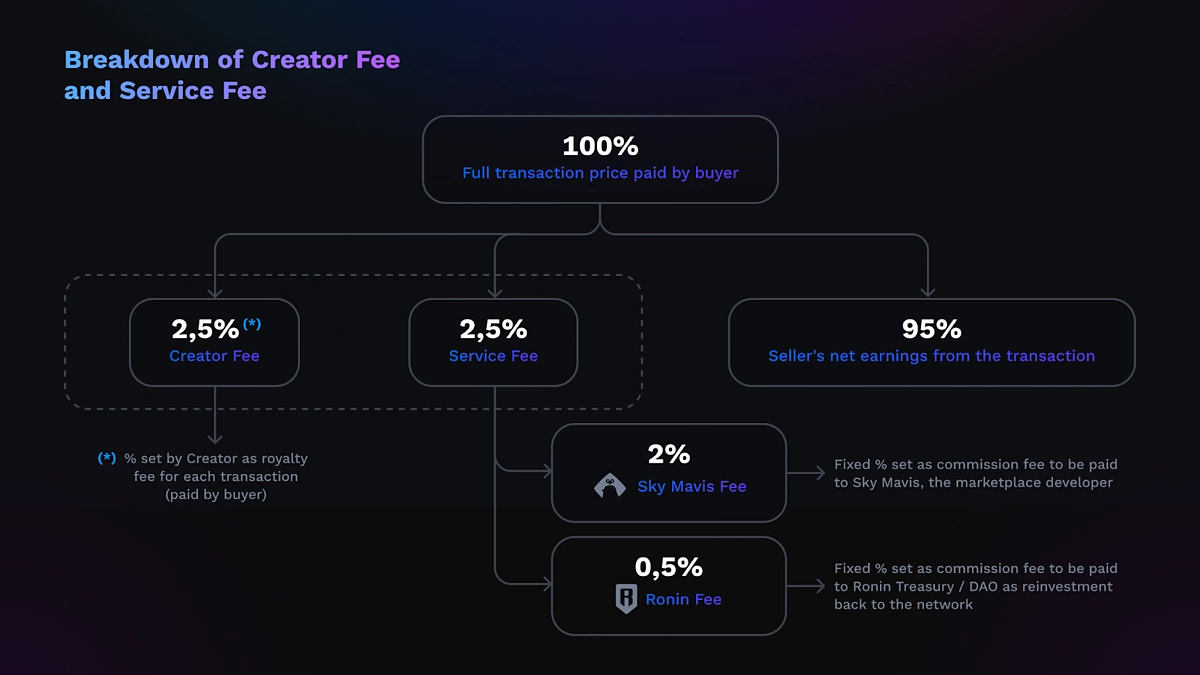
Developer Incentives and Ecosystem Growth: Fueling Adoption
Financial incentives are a cornerstone of Ronin’s L2 strategy. The milestone-driven grants and a revamped tokenomics model, expected with the full relaunch in 2026, are explicitly designed to reward developers who drive activity and innovation on the network. By keeping RON as the native gas token, Ronin ensures continuity for existing dApps while attracting new projects that can benefit from low fees and high throughput.
This developer-centric focus is already sparking renewed interest across the blockchain gaming sector. Studios now have a scalable, secure foundation to experiment with novel game mechanics, interoperable assets, and on-chain economies, all without being hamstrung by cost or latency constraints.
[list: Key benefits of Ronin Layer 2 rollups for Web3 gaming]
Community Response: Confidence in the Transition
The community’s response to the Layer 2 migration has been largely positive, as seen in social channels and developer forums. Many view this as a pivotal step in aligning blockchain infrastructure with mainstream gaming requirements. The promise of up to one million transactions per second is more than marketing, it represents a genuine leap forward in user experience and economic viability for play-to-earn models.
Feedback also highlights growing optimism around interoperability. With modular rollups, games built on Ronin can more easily connect with other Ethereum-based ecosystems, unlocking cross-game asset transfers and collaborative events previously impossible on siloed chains.
Looking Ahead: The Roadmap to Mass Adoption
As we approach the anticipated full rollout in early 2026, all eyes are on how these technical milestones will translate into real-world adoption metrics. The ability to process billions of transactions daily sets a new standard for blockchain gaming infrastructure, one that could pave the way for mainstream studios to enter Web3 without compromise.
For investors tracking RONIN at $0.4651, steady price action suggests measured optimism rather than speculative excess, a prudent sign given the magnitude of the upgrade underway. Developers, meanwhile, are already leveraging Polygon CDK-powered rollups and OP Stack integration to prototype games that would have been unfeasible only a year ago.
The next chapter for Web3 gaming will be defined by platforms that can scale without sacrificing trust or composability. With its bold shift to Layer 2 rollups, enshrined zkEVM support, and alignment with Ethereum security standards, Ronin is not just keeping pace, it is setting the benchmark for what scalable blockchain gaming can achieve.
